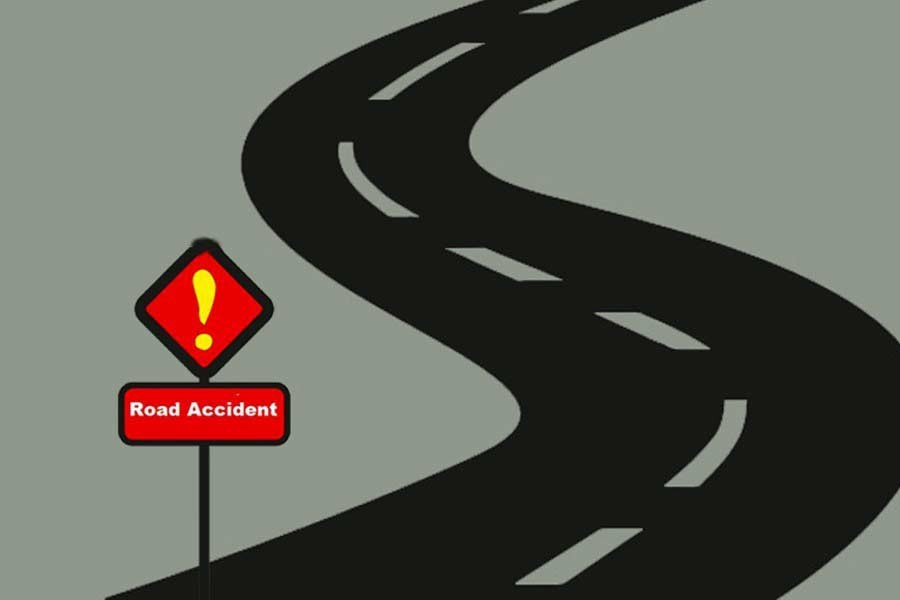Road accidents during the Eid vacations mark a sharp rise for reasons understandable. This year is no exception. But to most people's surprise, this time the mass exodus of holidaymakers from the capital and other cities has gone on reasonably smoothly and mercifully without major accidents involving large vehicles until yesterday. Even in one such head-on collision of a bus and a truck on May 1 last, the casualty was limited---apart from the two drivers, a child died on the spot and four others were injured.
Given the high incidence of tragedies on the country's roads and highways, such a record during this vacation when 15-16 million vacationers moved from cities and towns to ancestral homes or holiday resorts obviously makes the authorities proud. However, what is missing from the picture is the number of minor but serious crashes. In each such accident, the casualty figure was mostly limited to one to three but together they accounted for a formidable tally. It was so because smaller vehicles, motorcycles in particular, were at the receiving end.
This becomes clear from the number of patients admitted to the NITOR (National Institute of Traumatology and Orthopaedic Rehabilitation) in the four days following the Eid-ul-Fitr. About 850 patients with broken hands and legs along with injuries to other parts of the body were brought to the specialised hospital for treatment from different parts of the country. The largest number of patients, more than 250, sought treatment the day after the Eid. Surely, there were others who had to receive medical attention at other hospitals of the country.
Clearly, a pattern of road and highway accidents emerges. Vulnerable as they are, the two and three wheelers met with crashes because of the foolhardiness of the drivers in most cases ---not to mention the pillion passengers or riders. They threw caution into the wind taking advantage of the near empty roads. This is evident from a report that puts the percentage of the four days' total vehicular accidents at nearly double the usual rate of more than 40 per cent. In April, it was 44.16, according to the Road Safety Foundation.
In an interview, India's leading industrialist and philanthropist Ratan Naval Tata once explained why he wanted to make a car almost as cheap as a motorcycle. The sight of three or four passengers ---in fact, all members of a family with the young ones squeezed precariously in front of the main rider and in between the adult couples and at the rear on a motorbike ---mortified him. Thus the Tata Nano came into being and originally priced at Rs 100,000.
What is particularly noticeable is that many of the bikers falling victim to accidents were teenagers and youths who revel in adventures full of thrills. Attaining breakneck speed, the young people want to prove their daredevilry, at times to their friends and girlfriends. No wonder that in some of the motorbike mishaps, there was no collision with any vehicle. It was sheer speed that the riders could not control and hit road dividers, railings of bridges or other structures and trees. Some of them even invited tragedy by going for stunts. Quite naturally, in a few accidents, the drivers got killed, in others, the pillion riders and in the majority of cases both of them.
The proliferation of two and three wheelers is indeed a cause for concern. In fact, it is the result of the stupendous failure of developing a reliable public transport system and matching management of the same both in large cities, the capital in particular and on roads and highways of the country. Had there been a dependable public transport system and an orderly, accountable and systematic movement/operation of vehicles on roads and highways, the road and highway tragedies would be the minimum possible.


